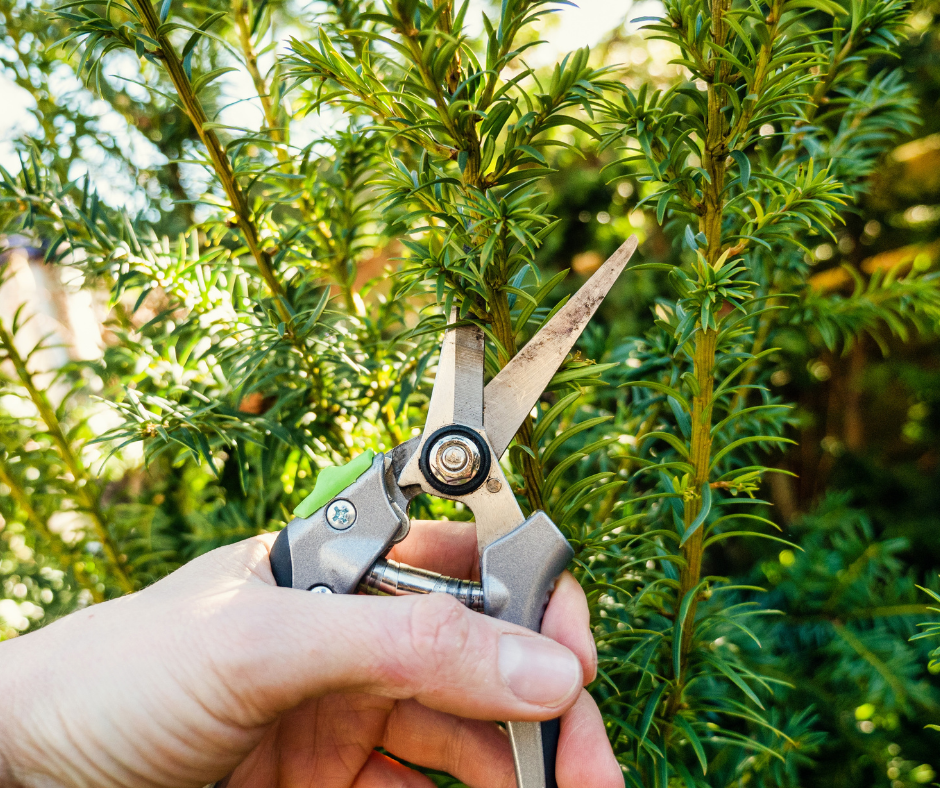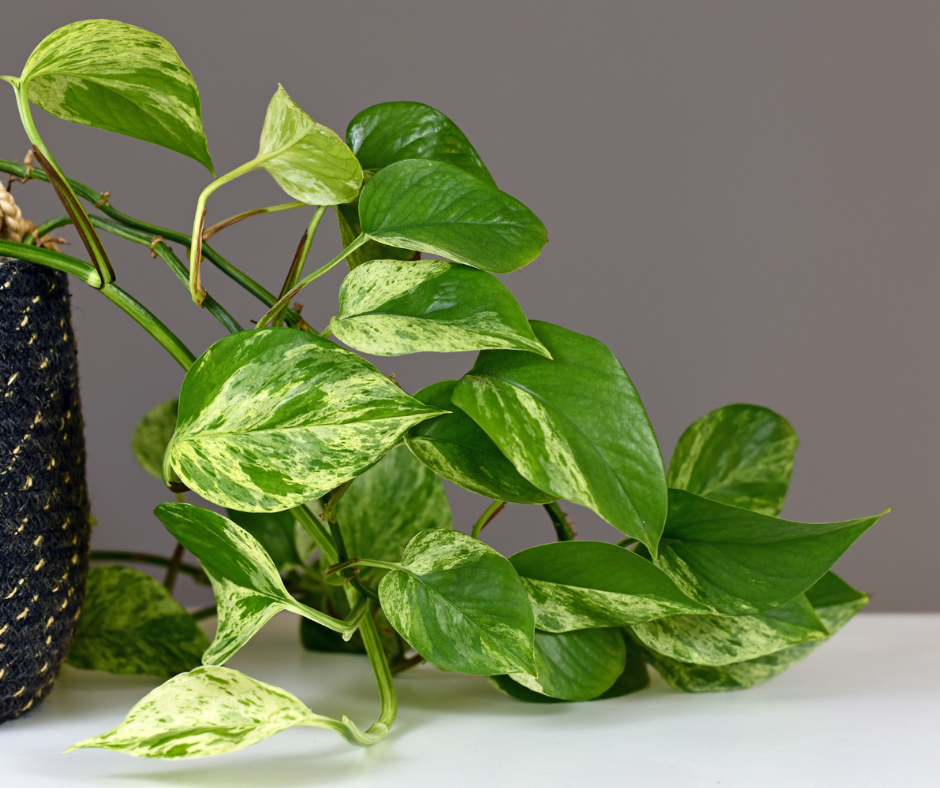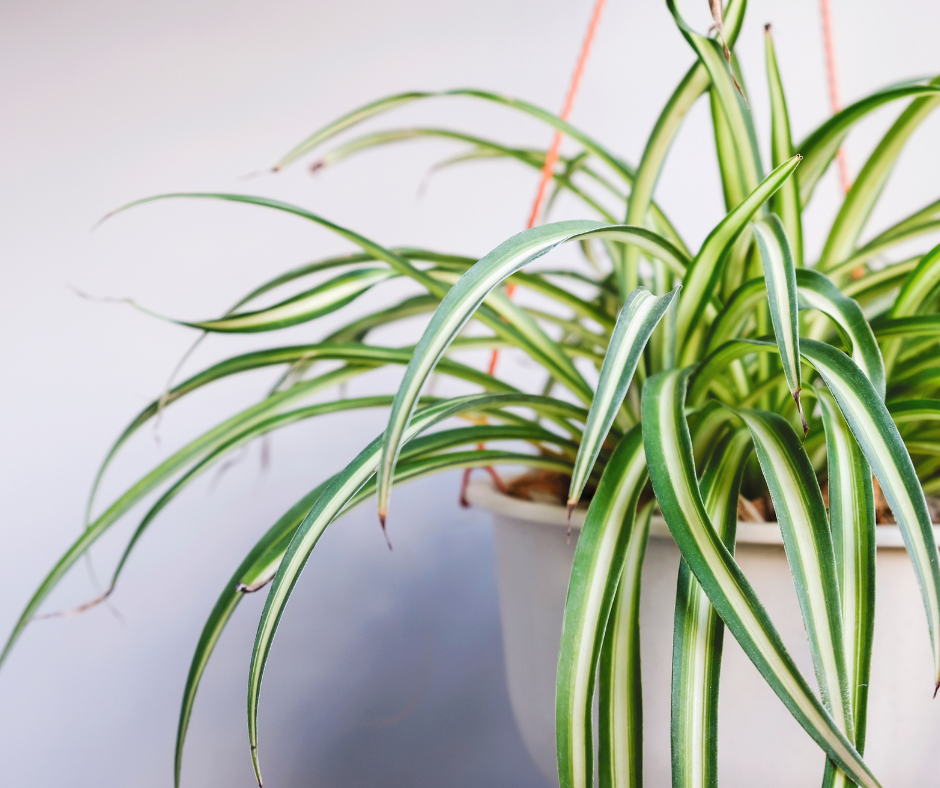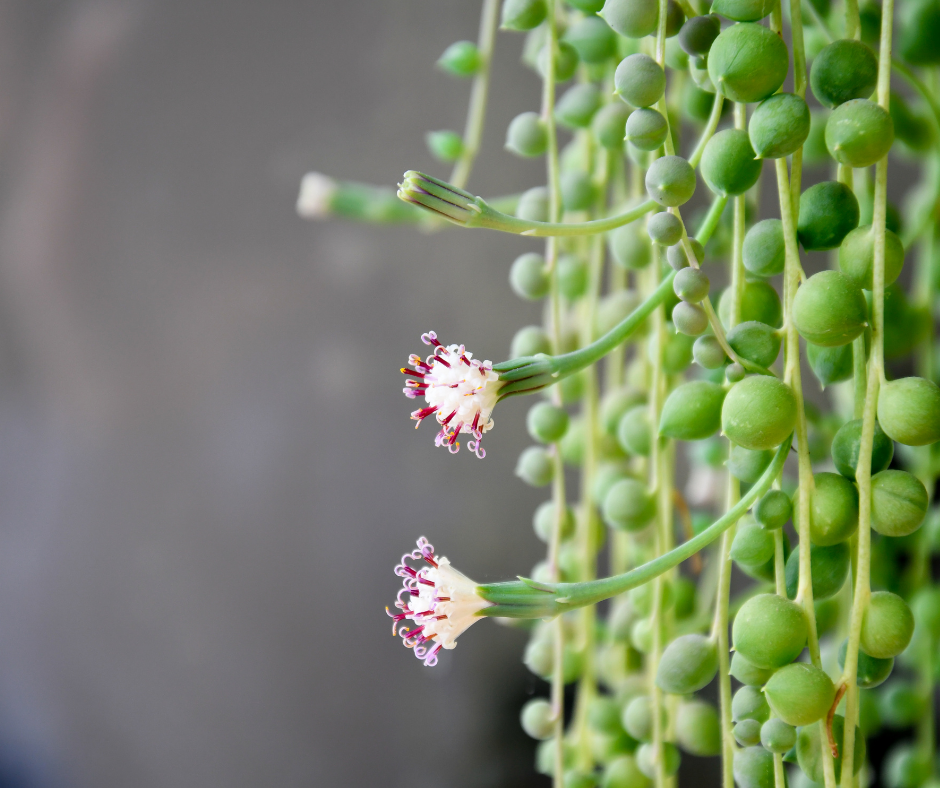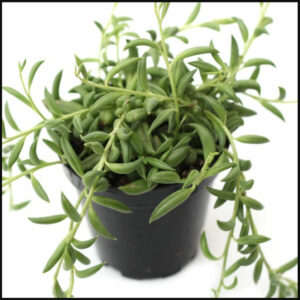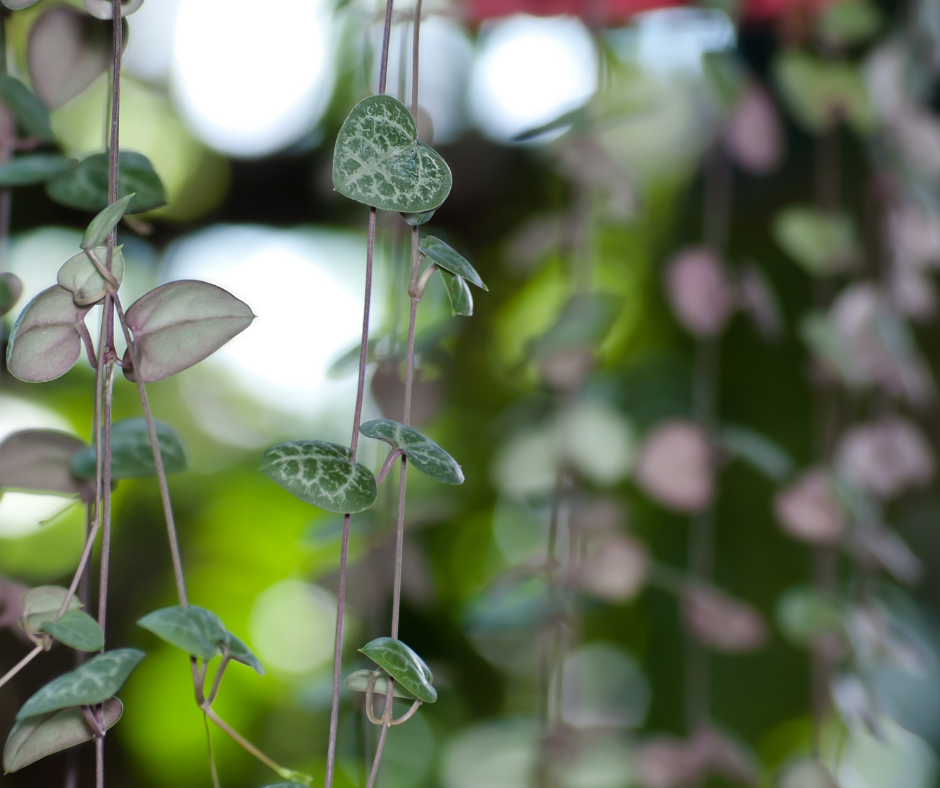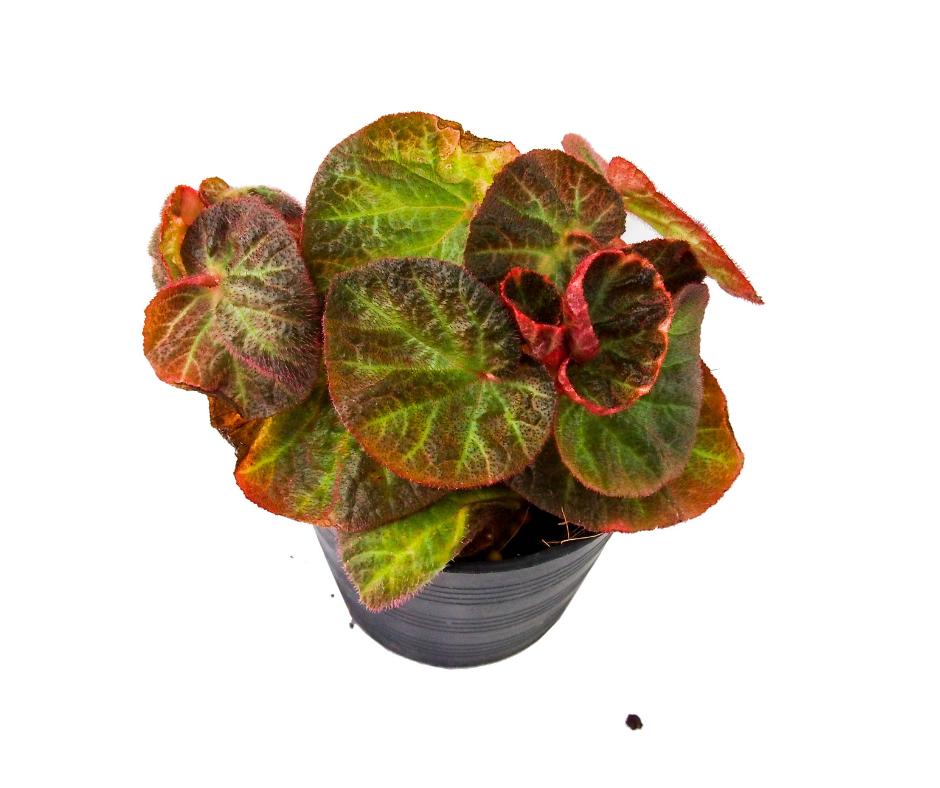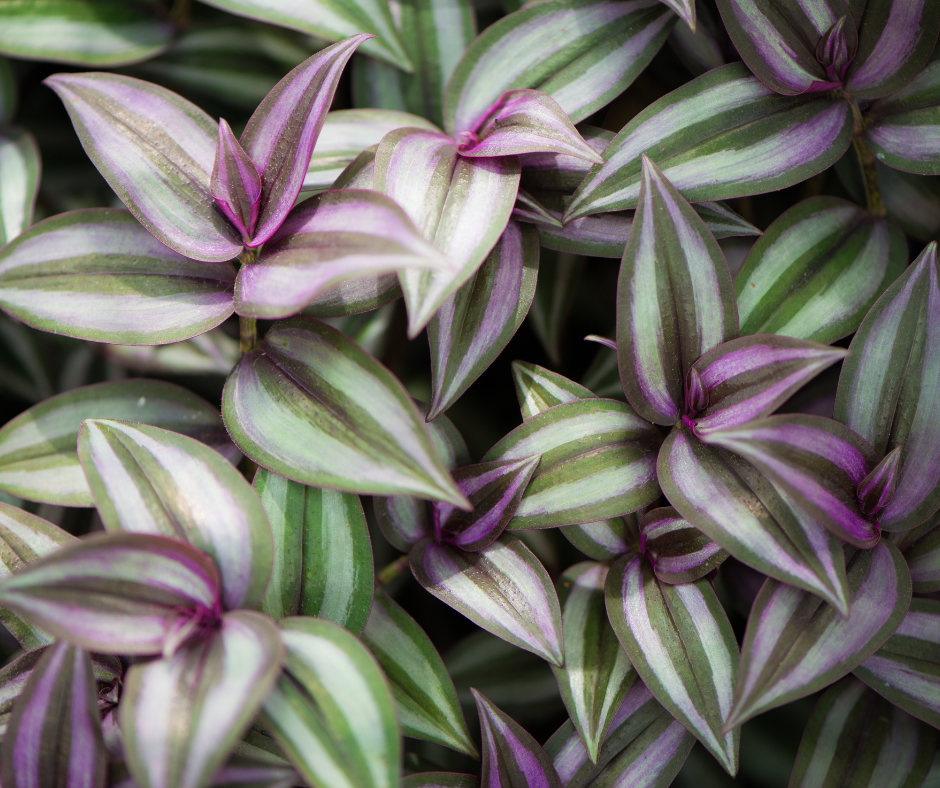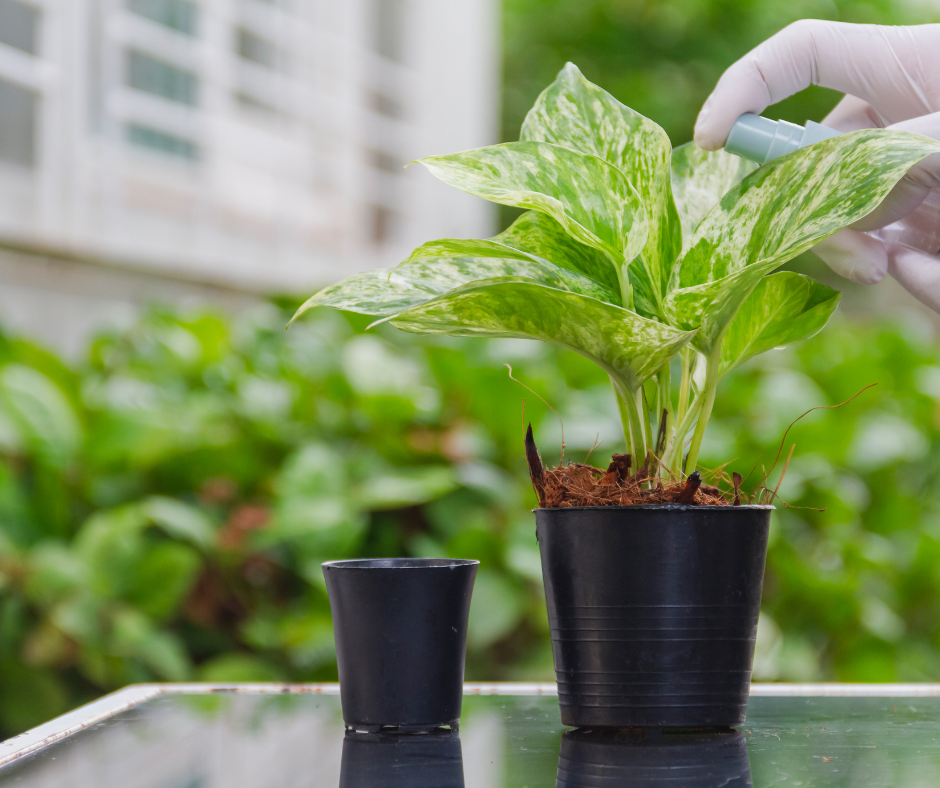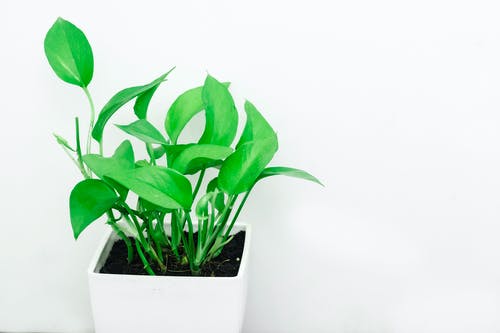HousePlantJoy is supported by our audience. When you purchase through one of our links, we may earn a small affiliate commission. As an Amazon Associate I earn from qualifying purchases. Your cost is not affected.
==================
Multiply Your Cherished Houseplants from Cuttings,
It’s Easy, Here’s How!
Each of your plants can bring forth many plantlets, also called “daughter plants.” By learning to propagate or multiply your cherished houseplants from cuttings, you grow them not only for yourself but also to share with others. Knowing the effective technique to take the cuttings and ways to grow them could turn into a hobby for you, plant enthusiasts. It may even make you earn extra money. Sounds good? Now, go ahead and read on!
Steps to Propagate Houseplants from Cuttings
Plant Propagation by Cuttings
This offers an easy way to produce more plants. In addition, this method takes less time than growing them from seeds. And most plant enthusiasts find it truly fulfilling to grow more of their favorites.
- From the parent plant, cut a leaf stem about 4-inches long using a sharp pair of scissors. Cut below where a new leaf is growing out of the plant.
- Dip the leafstalk, the stalk that attaches the leaf to the stem, in a hormone rooting powder or gel. Although this step is optional, it gives better results in most cases.
- Place the cuttings in a glass of water. The water should be the same for watering your houseplants.
- Keep the cuttings in the water until roots start to appear. Wait for enough roots to grow to sustain the new plantlet when set into its pot with soil. Optimally, the new roots should have grown at least an inch long before it is planted. The length of time varies for this to happen, but it may take approximately 2 to 4 weeks.
- OPTIONAL: Alternatively, you may dig a small hole in the potting soil, then plant the stem by sticking it into that hole. Pat or tamp the soil to secure the plant.
- With care, move the new plant from the glass with water to its new pot. If rooted in soil, skip this step unless you want to transfer it to a different pot.
- Remember that your newly planted houseplant requires the same care given to the parent plant. Be sure to keep it properly watered and cared for.
Ideal Plants to Easily Propagate from Cuttings
Pothos (Epipremnum aureum)
1. Pothos (Epipremnum aureum)
The Pothos shows the perfect for beginners to start learning the basics of plant care. This perennial evergreen houseplant boasts beauty from its variegated, glossy green leaves that cascade down nicely. They look just right as plants hanging from baskets. Besides being a low-maintenance indoor plant, outside in the lawn it grows as a ground cover and can reach about 6 to 8 inches tall when left un-mowed. It also looks great when placed in suspended or hanging plant containers. Since it’s a vine, it could grow 40 feet maximum. But be aware that it is slightly poisonous, so be very careful and wear protective gloves and a long-sleeved top when handling it. We recommend displaying this beauty away from children and pets, too.
Common names: Devil’s Ivy | Devil’s Vine | Golden Pothos | Taro Vine
Snake Plant
2 Snake Plant (Sansevieria)
The snake plant is another sculptural-looking plant for beginners to work with. It’s also popularly called Sansevieria from its synonymous scientific name Sansevieria trifasciata. The Sansevieria likes indirect light from medium to bright. But it’s quite adaptable as it can put up with lower light and direct sunlight. As a succulent, water it when the soil is completely dry. It’s prone to rotting when over watered, or placed in a humid location. Give it liquid fertilizer formulated for indoor plants after every six months. For additional tips, look up Snake plant and search the section on how to propagate your houseplant through cuttings.
Common names: Mother-in-Law’s Tongue | Sansevieria
3. Spider Plant (Chlorophytum Cosomum)
For a simple plant for beginners to try to multiply cherished houseplant from cuttings, the Spider plant actually makes the task even easier. Popular as a houseplant for its adaptability, it thrives in medium levels of light and shade, but doesn’t do well in direct sunlight. Avoid over-fertilizing as it results in fewer plantlets. Spider plants multiply by division, like plantlets or young spider plants, or spiderettes. They have above-ground stems that adapt to their environment for survival. The spider plants also grow runners which are horizontal stems on the ground that help in their propagation. Now, if you need more advice, look up Spider plant on how to propagate your houseplant through cuttings
Common Name(s): Anthericum Comosum | Chlorophytum | Ribbon Plant | Spider Ivy
4. ZZ Plant (Zamioculcas Zamiifolia)
The ZZ plant, propagated by simple leaf cutting, provides a simple solution for beginners. Simply pick the leaves out from the mother plant and place the lower ends into slightly wet, or damp compost. Then they’re placed inside a plastic polythene bag. The detached leaves’ lower ends are planted into slightly wet compost. Then the container is placed inside a polyethylene plastic bag. If you feel you’re missing something, don’t hesitate and look up ZZ plant on how to propagate your houseplant through cuttings.
Common Name(s): Zanzibar gem, ZZ plant, Zuzu plant, aroid palm, eternity plant and emerald palm
5. Chinese Money Plant (Pilea Peperiomioides)
The Chinese Money plant is believed to bring financial blessings to the household. It’s also called the “sharing plant.” This plant grows offshoots easily not only from its roots but also from the mother plant’s stem. You must separate the offshoots along the stem when they’re a few inches tall. To get the offshoots from the roots, dig around them until they appear. Cut a portion of the root and transfer it to a potting container. Want to get expert advice? Search Chinese Money plant or its scientific name, and read up on how to propagate your houseplant through cuttings.
Common Name(s): Coin plant, UFO plant, pancake plant
6. String of Pearls (Senecia rowleyanus)
The String of Pearls propagation can be done in 3 different ways: in water, in the soil, by root division. The first two methods are quite complicated and only for seasoned plant growers. So, let’s take up the third one, as this is meant for beginners.,
First, take the plant out of the pot by pulling it gently. Or you may use a knife and cut around the edges to loosen up the soil, then gently pull the plant out. Then break up the soil gently and be sure not to hurt the roots. Carefully loosen and remove the soil until all the roots are exposed. There possibly would be more than one vine, so separate each of them. Divide the plant into sections and place each one in a container with soil that drains well. Then place the new plantlets where they get indirect sunlight. Water them regularly, like weekly.
Common Name(s): String of pearls, a string of beads, a string of peas, rosary vine
String of Bananas
7. String of Bananas (Senecio radicans)
The String of Bananas can be propagated by layering or cutting. They grow fast, easy to maintain, which makes them right for beginners and a breeze for experts. Besides not needing regular fertilizing, pruning, and repotting, they can survive drought. However, they do not thrive in a low-light environment, so they must be placed near bright sunny locations and near windows where there’s sunlight. In case you need more details and options, look up String of Bananas and read the section about how to propagate your houseplant through cuttings.
Common Name(s): String of Bananas, Fishhook Senecio
8. String of Hearts (Ceropegia woodii)
Also known as Chain of Hearts, it’s a vine with small green heart-shaped leaves accented with white speckles, and its underside purplish-white. In a pot, it makes an attractive hanging plant décor, atop a pedestal, or in the garden as part of a landscape. Most beginners find these three plants quite easy and interesting to propagate. Since growing it by seed-germination may be problematic, multiplying them by stem cuttings is more common. Another option is to use the tubers for propagation. They could be stem tubers or root tubers that store nutrients for the plant.
Common Name(s): Chain of Hearts | Collar of Hearts | Rosary Vine | Hearts-on-a-String
9. Moses in the Cradle (Tradescantia spathacea)
Looking for a plant to share with others? Consider trying to multiply cherished houseplant from cuttings with this timely favorite plant.
Tradescantia spathacea is an herb plant with distinctive leaves and grouped flowers making it a decorative plant that can hold its own or part of a landscape garden. This plant is not difficult to propagate as it grows offshoots. Use the same stem cutting methods of growing with these babies, using either water or soil to make them grow roots. Need more details? Look up Moses in the Cradle, and scroll down to the section about how to propagate your houseplant through cuttings.
Common Name(s): Boat Lily | Moses in a Basket | Oyster Plant
10. Arrowhead Plant (Syngonium podophyllum)
Tradescantia spathacea is an herb plant with distinctive leaves and grouped flowers making it a decorative plant that can hold its own or part of a landscape garden. This plant’s leaves look like arrowheads, hence, the name, which makes it an ornamental plant display or a stand-alone attraction. The Arrowhead plant’s multi-colored or green stalked leaves, with a few stems flowing or arching down make it a perfect plant display indoors. Throw into the mix that the plant is easy to care for. These positives make up for its known inability to produce flowers indoors. Like other vine plants, the Arrowhead propagates quite effortlessly using stem cuttings.
Common Name(s): African Evergreen | American Evergreen | Arrow-Head Vine | Green Gold Naphthysis | Nephthytis
11. Strawberry Begonia (Saxifraga stolonifera)
This plant’s broad-roundish green foliage contrasts nicely with the reddish-pink multi-petalled flowers. The strawberry begonia grows runners with a bunch of round leaves at their tips. If used as a houseplant, it would give you an eye-catching piece of red-tinged foliage, with leaf runners spilling nicely on the floor. It would look natural and nonchalant, not contrived or forced. Those leaf runners, there’ll be more of them over time. So, make the most of them as cuttings to propagate baby plants. Now, if there are lingering questions in your mind, look up Strawberry Begonia or its scientific name, and read the advice on how to propagate your houseplant through cuttings.
Common Name(s): Strawberry Geranium
12. The Wandering Jew (Tradescantia pallida)
Again, this plant is fun and easy to propagate through stem cuttings. They grow roots faster than some of the others, giving you quicker results, too. It’s the popular, more common type of Wandering Jew varieties. It also bears deep purplish-pink blooms and the leaves are variegated hues of greenish-white and dark green. It’s ideal as a hanging flowering plant décor and on a pedestal, or as a tabletop accent. Moreover, one way of propagating this plant is to get 4 to 6 inches long cuttings from the stem, underneath a leaf node. Then plant it in a pot of soil.
Common Name(s): Inch Plant | Spiderwort
You know, we plant geeks are sort of mind readers as well. And this piece may have aroused your curiosity enough that you want more. Such as advanced techniques to multiply your fave plant. So, check out this article.
In a nutshell…
Learning to multiply your cherished houseplants from cuttings should continue beyond reading this article. That’s why we’ve given you 12 of the easiest plants, to begin with, and practice. After honing this skill, take on a few of the more challenging ones to level up your new talent. In addition, if you start now, you’ll have lots of personalized potted houseplants to give away as gifts this Christmas!
Ready to give your Boston Fern a fresh start? Follow our simple step-by-step guide on how to re-pot a Boston Fern and watch it thrive in its new home!
Read More:
https://houseplantjoy-temp.siterubix.com/propagate-cactus-from-a-cutting/
https://houseplantjoy-temp.siterubix.com/how-to-grow-succulent-bonsai/
https://houseplantjoy-temp.siterubix.com/13-cactus-houseplant-types-to-you-can-grow-indoors/
Wandering Jew HousePlant Care and Tips
5 Methods to Propagate Plants!
Grow These Native Alternatives to Invasive Plants

